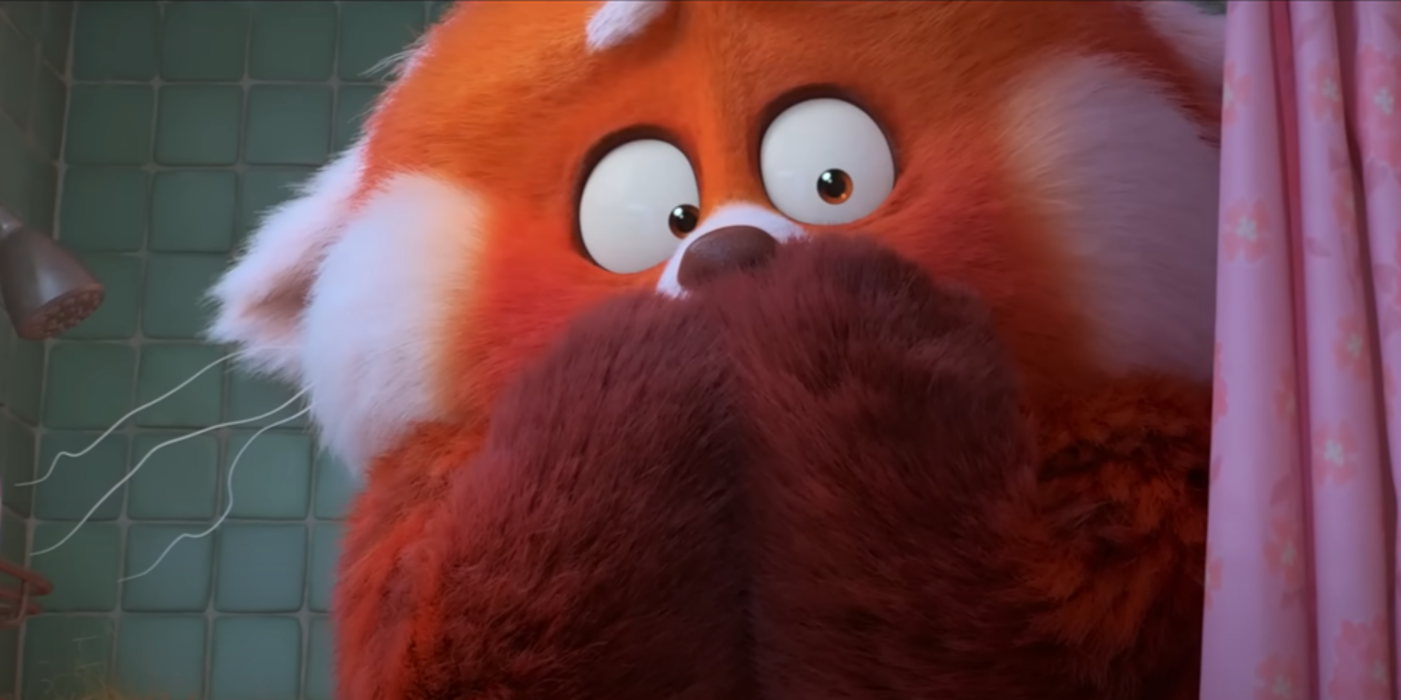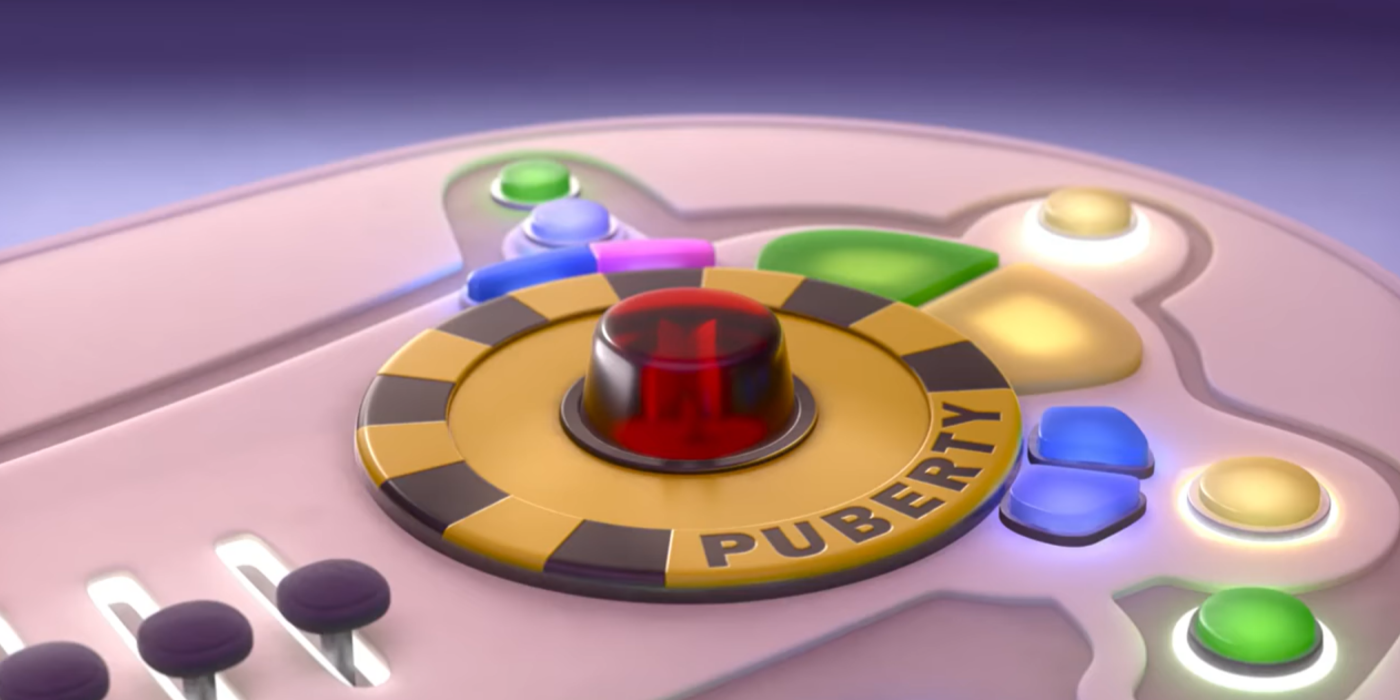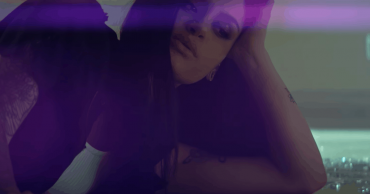2015’s Inside Out followed a young girl named Riley, taking viewers inside her mind and introducing them to the basic emotions that control her. The emotions – Joy, Sadness, Anger, Disgust and Fear – help make Riley the person she is. The film ended with Riley coming to terms with her parents and her new environment, and with Pixar teasing the emergence of a new theme they would be covering some time soon. That theme, of course, is puberty, and Riley will soon experience that, as hinted by Joy towards the end of the film where she revealed that Riley was 12, just about the right age for puberty. Inside Out 2 will be coming out next year with Riley already a teenager, how then will Pixar show Riley’s coming of age and her teenage life?
After having their console upgraded at the end of the first Inside Out movie, the emotions found new features adapted for being a teenager and transitioning towards it. Disgust saw a button labeled “Puberty,” which Joy shrugged off, saying, “It’s probably not important.” Back then, it most likely wasn’t; but of course, we know how these things go. At the time, Pixar had focused its stories for younger characters, as such, the theme of puberty would have been a new field for Pixar to explore. However, things have changed since then with the release of Turning Red which turned out to be a great predecessor (and inspiration) for the upcoming Inside Out 2 which covers being a teenager.
Turning Red Brought Puberty to Pixar

Turning Red is a movie that is often associated with getting your first period (or puberty in general); however, Turning Red is more than that, but the association is understandable given that it is one of the issues discussed. Turning Red offers more including portraying the awkwardness and the difficulty of being a teenager for those who have just begun experiencing it. An example of such is the portrayal of handling intense emotions – which the film handled by showing Mei magically transforming into a red panda if feeling one.
With that premise, Turning Red set the tone for the puberty theme for Pixar, which Inside Out 2 could take notes from. The new instalment can revisit the theme of “handling emotions” as that was central to the first film. Moreover, the ending of Turning Red is a representation of accepting the panda (the changes that come with puberty) because that is a part of her (Mei’s) identity.
How Inside Out 2 Can Capitalize on Turning Red

Inside Out had a direct premise – at its core, it explored Riley’s emotions and showed the audience how the emotion Riley was feeling at any given moment was in charge of the console and the person. The teenage Riley might show bursts of moodiness or difficulty in handling emotions, and Inside Out 2 can make this materialize by showing the emotions having a hard time understanding their new console. Moreover, with multicolored core memories now a thing, producing more personality islands, Inside Out 2 can use that to make Riley explore the complexities of her emotions as well as her interests, as teenagers do.
With a successful puberty-related movie in place, Pixar has already established to its viewers that they can portray concepts as sensitive and awkward as such. This means Inside Out 2 was given a head start by Turning Red showing how Pixar effectively handles puberty. Inside Out 2 just has to take notes from Turning Red‘s lead character, Mei, and the overall heart of the movie to strengthen its story.
READ NEXT: Five Movies To Watch When You’re Done With “Turning Red”Inside Out 2
 Follow Us
Follow Us





